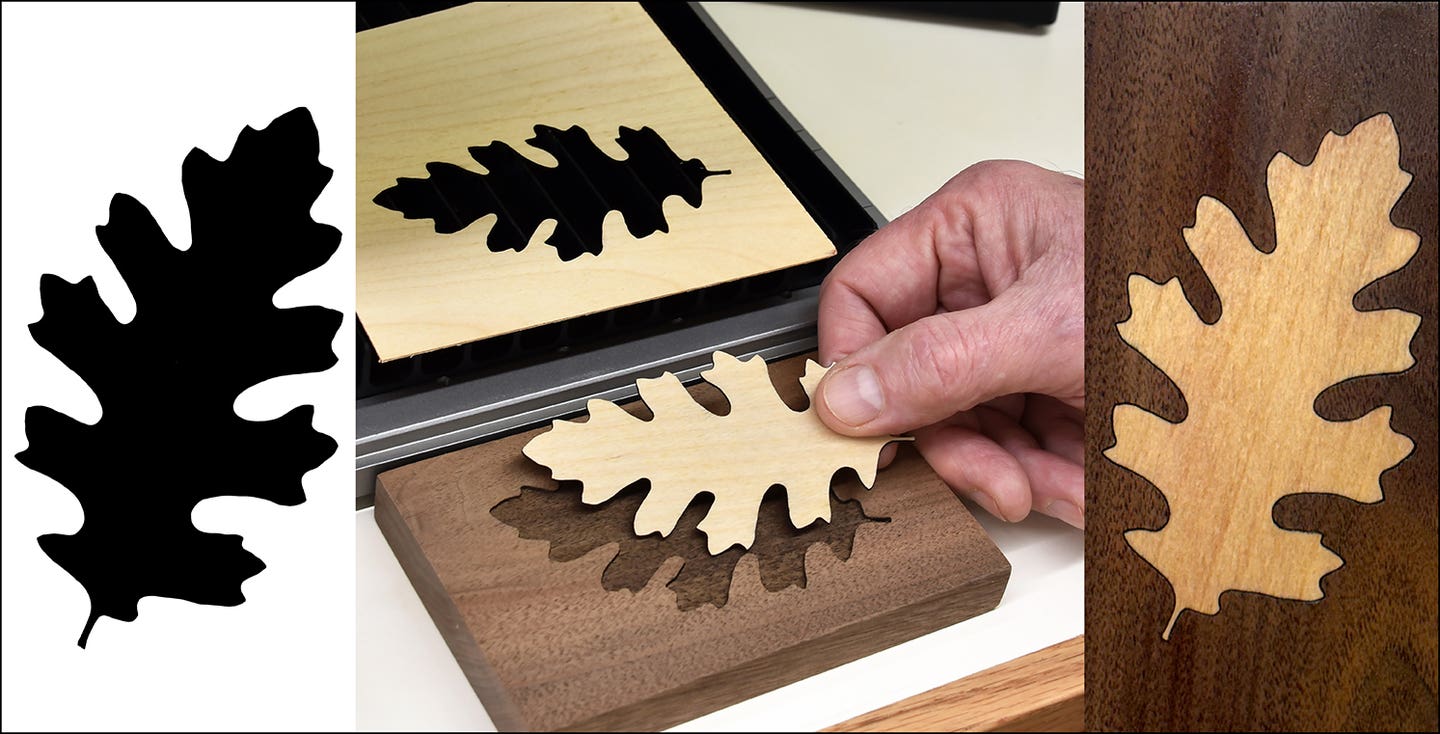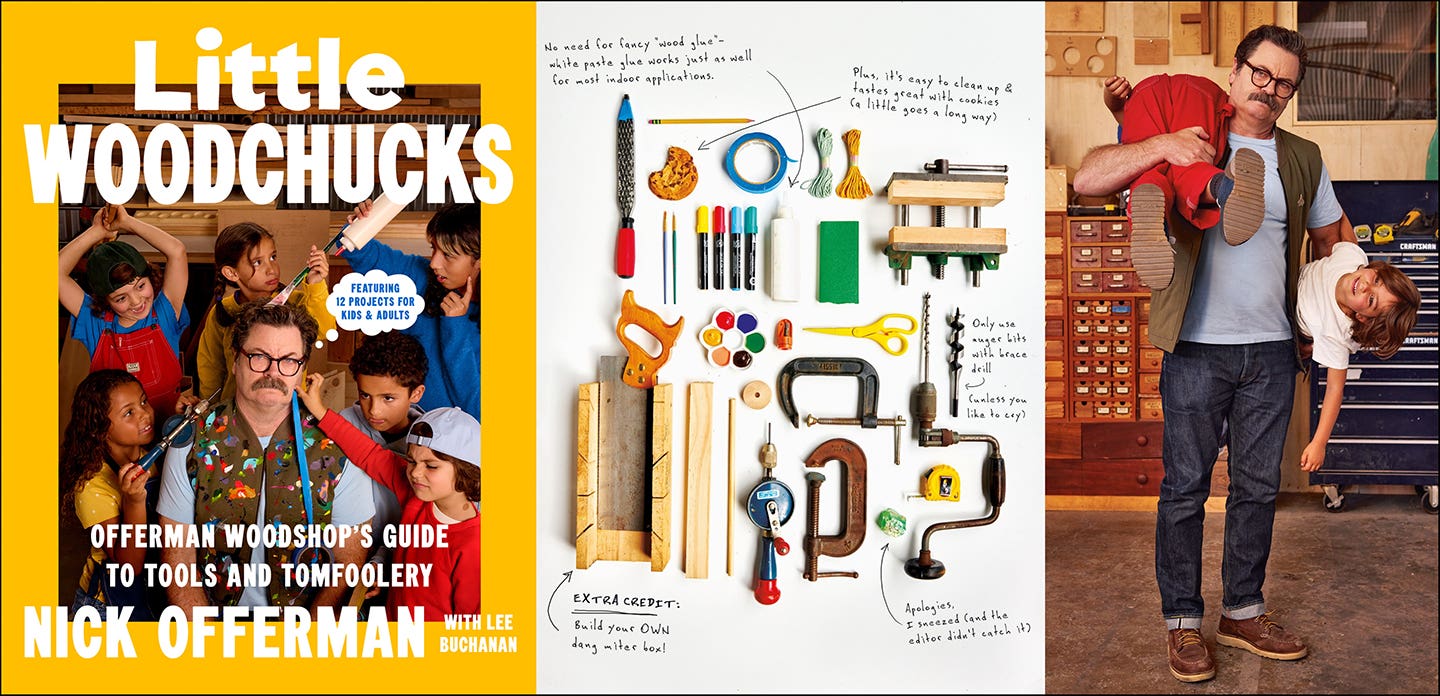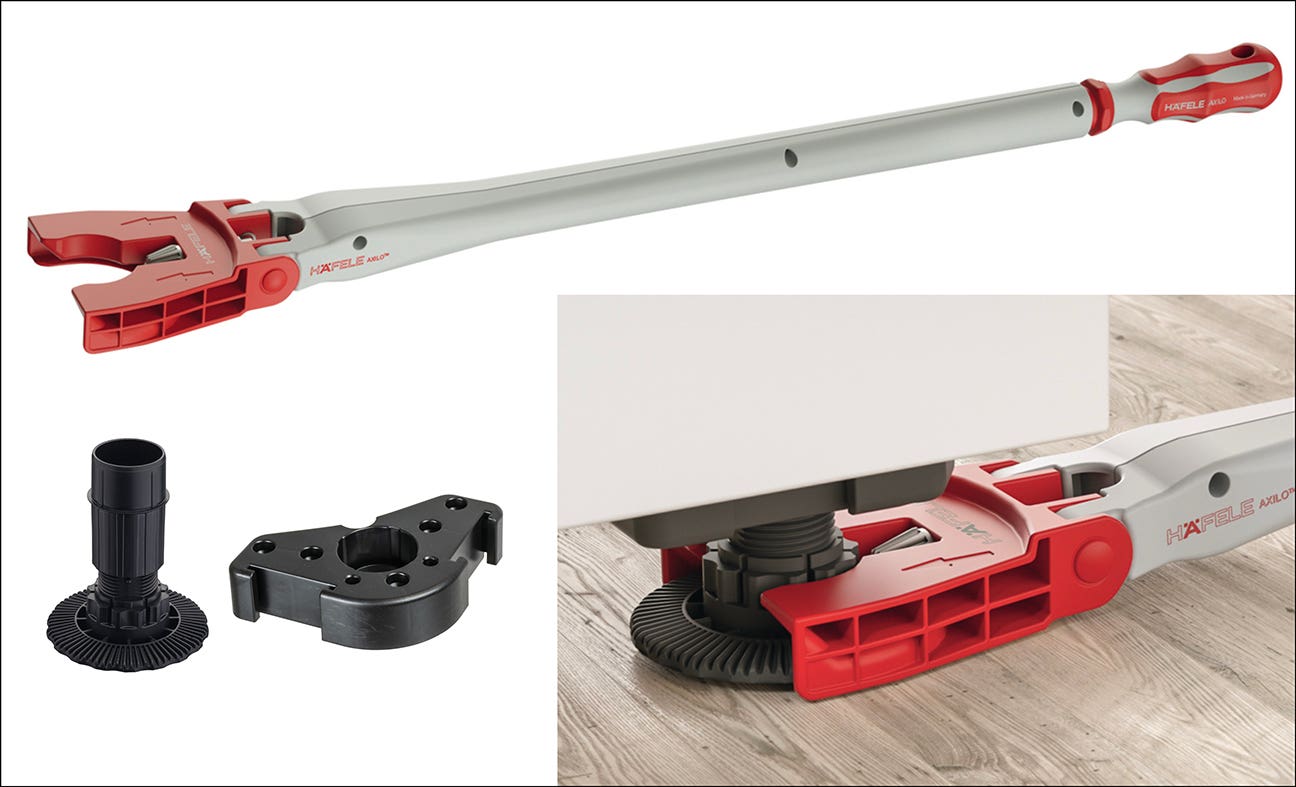A dose of reality
Weve discussed before how we can point to every little thing thats not perfect in a finished project, or how we could have used a more impressive technique. We shouldnt…
Weve discussed before how we can point to every little thing thats not perfect in a finished project, or how we could have used a more impressive technique. We shouldnt do that, and Im going to tell you why.
My wife and I did the museum thing this past weekend, visiting the Campus Martius Museum in Marietta, Ohio. The museum is at the location of the first permanent settlement in the Northwest Territory and served as a gateway to the west as the new nation expanded. In addition to the wealth of information and artifacts related to exploration and settlements, there was a lot of wonderful furniture on display.
As always, whenever at a museum of this type, I zero in on the woodworking, frequently making notes for future use. There were a number of other people touring, and I could overhear the couple closest to us as they admired much of the perfect workmanship in the furnishings in awed tones. But the thing of it is, it wasnt all perfect.
Dont get me wrong, the furniture and many of the other wooden artifacts were indeed beautiful, really excellent work, and I suspect my wife was just as impressed as that other couple. But they werent all what many woodworkers strive for in their search for perfection. There were some chairs with turned legs that didnt completely match. One small writing desk had compartments that, upon a closer look, showed were not quite evenly spaced left-to-right. I even saw a few dovetails that while light-years beyond my capability werent perfect either. On one piece they were oddly spaced and didnt quite match the other corners on the same piece, but you had to look close to tell.
And, in spite of the fact that modern woodworkers often consider dovetails the be-all and end-all for fine furniture and other wooden pieces, many that I saw had none at all. Some pieces employed far easier and much less impressive joinery that a prejudiced modern woodworkers mind meaning mine could consider merely common and ordinary. I saw a number of pieces using nailed or doweled rabbet joints, others had butt joints with metal corner edging, and some were even just plain nailed butt joints. But the key is that everything looked wonderful and of fine workmanship for its time or any other for that matter.
Concepts of fancy, perfect and impressive shouldnt always be the goal; sometimes common and ordinary are not only good enough, but perfectly fine. In fact, sometimes they should be even more desirable.
Now, none of this means that you or I should no longer strive for excellence in our work, nor should we shy away from more difficult woodworking joinery and techniques. Far from it; we should always do our best. But its important to realize that in our zeal for perfection that what we consider imperfections and less-than-fancy woodworking are often the result of our own prejudiced eyes.
Till next time,
A.J.
A.J. Hamler is the former editor of Woodshop News and Woodcraft Magazine. He's currently a freelance woodworking writer/editor, which is another way of stating self-employed. When he's not writing or in the shop, he enjoys science fiction, gourmet cooking and Civil War reenacting, but not at the same time.







